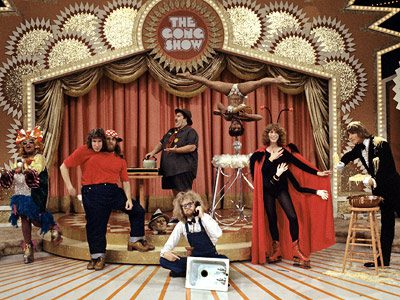The appointment process to fill the remaining 19 Senate vacancies is now underway, and all indications are that the government is planning to fill them all in one fell swoop by the fall, in defiance of all good common sense. Make no mistake while it's vital that these seats are filled, as some provinces have been without senators for over two years in some cases, appointing everyone at once is going to cause nothing but headaches for everyone involved.
By its very nature, the Senate is not a place designed for mass changeover in occupants. Rather, it works best when one or two are appointed at a time, and they can gradually merge into the working life of the Upper Chamber at a pace that is not the breakneck that MPs face after an election. Generally these senators have a caucus that will help them along, get them office space and provide advice on hiring staff, and can mentor them along the way. If history is any guide, it can take senators up to three years to fully get up to speed on the way things work and to get into the groove of committees and legislation and to understand how to exercise their institutional independence. This varies, of course, and to a certain extent, Stephen Harper broke this in 2008.
When he came to power in 2006, Harper vowed not to appoint any Senators unless they had been elected by a provincial process like Alberta's (never mind that it was constitutionally dubious and in Alberta's case, traditionally not very well run). He broke the rule off the bat to appoint Michael Fortier to be his cabinet minister for the Montreal area, as he had no one to represent the area regionally, but he more or less stuck to his word, only appointing "elected" Albertans like Bert Brown. And then the prorogation crisis of 2008 happened. Faced with the prospect of a coalition making all of the Senate appointments that he left vacant, Harper appointed 18 senators in a panic, and the lack of a proper vetting process gave us luminaries like Mike Duffy, Pamela Wallin, and Patrick Brazeau, who all became headaches for the Senate a couple of years later.
Lack of good vetting aside, what was one of the biggest problems with making 18 appointments all at once was the way in which it shocked the system of the Senate. Instead of getting 18 senators, it gave Harper 18 new backbenchers, who were under the thumb of then-Senate Leader Marjory LeBreton. They were effectively whipped, and through LeBreton, the PMO started to exert new levers of power that did not actually exist within the Senate, but they tried regardless, and as the Duffy emails later showed, it went down somewhat ineptly (Nigel Wright decrying the lack of those levers of power for them to exercise in his emails). The longer-term effect of this training of a generation of senators to becoming backbenchers was that subsequent appointments largely all fell into line as such, being told that they could be whipped and their going along with it as the Class of 2008 did, because they didn't know any differently, and there were too few pre-Harper Conservative senators who were willing to make enough of a fuss about it.
What has changed since then has been Justin Trudeau's new era of independent senators, and a new process of "non-partisan" appointments, tested already earlier this year with seven appointments that included his "Independent Government Representative," Senator Peter Harder. And yes, there were some stories about these seven individuals basically being dropped into the Senate with little in the way of support, nobody to help them get their offices set up, hire staff, or answer their phones for them until they could hire someone. And now Trudeau proposes to drop another 19 unsuspecting bodies into the chamber without any support either?
In the months since that first group of seven was sworn in and today, Harder appointed a "Legislative Deputy" and a "Government Liaison" to assist him in managing the government's agenda. Because the "Government Liaison" was to take the place of the traditional role of the government whip, whose job in the Senate had more to do with administrative matters like allocating office spaces and committee assignments than with shepherding votes, there was a sense that he would help these new senators with these kinds of logistical details. The problem with that? It's hard to balance both being part of the "government representative" team while claiming independence and also shepherding other independent senators, even for basic logistics, and not make it look like the government is running the show, undermining the claims of independence. And there will be plenty of observers who are waiting for that to happen so that they can denounce Trudeau's "independent Senate" project once again as a sham.
Now, there is the Independent Working Group within the Senate non-aligned Senators who are working to form a third quasi-caucus (inasmuch as the current Rules of the Senate will allow them to without a party affiliation), and could be in a position to help these new incoming senators get themselves sorted, but only if they're given the opportunity, and thus far, with the appointment of that "Government Liaison" and the lack of cooperation from the Senate Liberals and Conservatives, much of that attempt to get that organizational capacity going has been stymied, or worse, bigfooted by Harder and his team.
So what can we expect when those 19 new independent senators arrive? Nothing short of a gong show, followed by even more accusations that these senators are crypto-Liberals, and a lot of frustrated senators who don't know what they're doing while being expected to undertake a very steep learning curve with little in the way of guidance or support. The Working Group may yet pull through and organize something to help them out, but until the Senate Rules change, that hope is fleeting.






